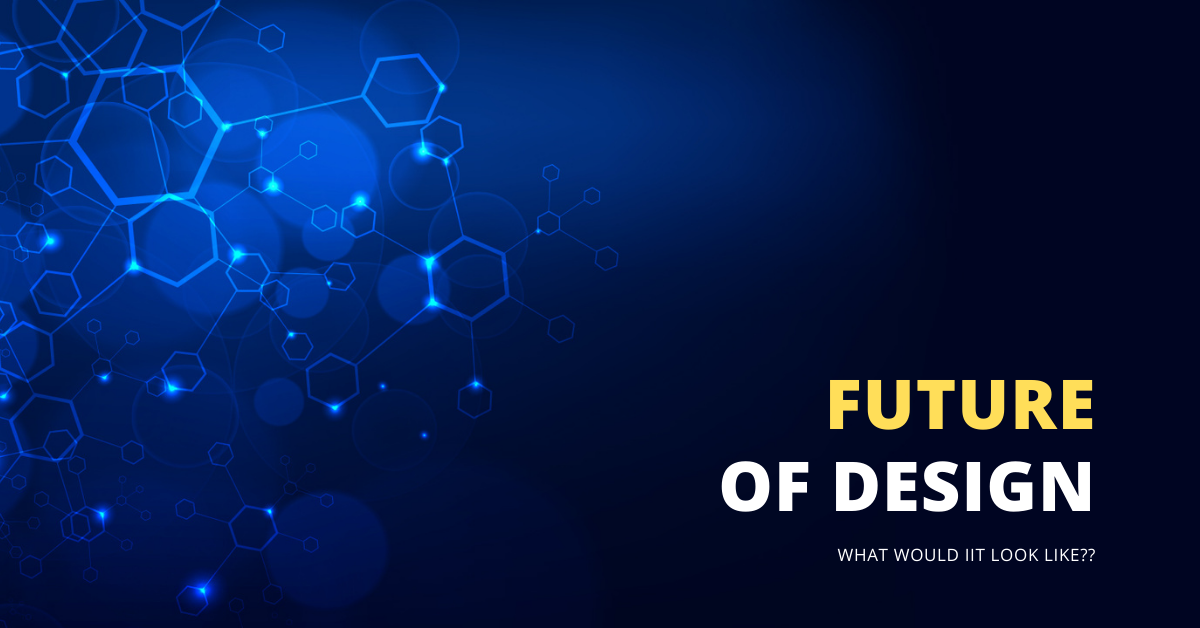The future of design looks very exciting! We are already seeing a lot of new and innovative designs that are being created with the help of technology. This is only the beginning though, as we are sure to see even more amazing designs in the future.
Some of the things we can expect to see in the future of design include:
Increase AI and Machine Learning Use
Use of artificial intelligence (AI) and machine learning to create designs is an area of active research. One approach to design using AI and machine learning is to create a design space of possible solutions, and then use a search algorithm to find the best solution within that space. This approach has been used to design everything from computer chips to aircraft. Other approaches to using AI and machine learning in design include using evolutionary algorithms and creating design agents that learn from experience.
Designing AI
By framing the argument to show how AI is stealing our design jobs, I’ve perhaps done a disservice to AI’s contributions to the design profession. When humans and computers work together, they can do amazing things that neither could do alone—just take a look at Michael Hansmeyer’s unimaginable shapes. With their millions of facets, these forms cannot be built by a human alone, yet they can redefine architecture.
While this is just one example, there is something undeniably appealing about finding ways to amplify our creativity as individuals and across professions. I can see the potential for a future where our personal AI assistants, armed with a deep understanding of our influences, heroes, and inspirations, constantly critique our work, suggesting ideas and areas of improvement. A world where problem-solving bots help us see a problem from a variety of perspectives, through different frameworks. Where simulated users test things we’ve designed to see how they will perform in a variety of contexts and suggest improvements, before anything is even built. Where A/B testing bots are constantly looking for ways to suggest minor performance optimizations to our design work.
Far from threatening the design occupation, AI offers a huge opportunity for design, especially for those involved in designing the interactions we have with the emerging AI systems. How do we design those AI design tools? How will we design the intelligent services and platforms of our future? How should we design these systems in a way that helps us augment our creativity, our relationships with the world, our humanity?
Biometrics and Other Data
There is a growing trend in the use of biometrics and other data to personalize designs. This is being driven by the increasing availability of data and the need to create more engaging and personalized experiences for users. This trend is likely to continue as more data becomes available and as companies look for ways to better understand and serve their customers.
Augmented Reality and Virtual Reality
With the development of technology, augmented reality (AR) and virtual reality(VR) are playing an increasingly important role in people’s lives. For example, with the help of AR, people can have an immersive experience when they are shopping online. With the help of VR, people can visit the moon or the bottom of the ocean without leaving their homes. In the future, there will be more and more use of AR and VR to create immersive experiences.
Superstar Designers
As AI-driven parametric design enables designers to quickly and easily create millions of variations of a design, most designers’ productivity will dramatically increase. Suddenly, we’ll be able to explore massive numbers of alternative directions in a fraction of the time we need today. With increased productivity and better tools, it will be easier for amateur designers to create acceptable—if not exceptional—work, and potentially put price pressure on professional design services.
But while the barriers to learning and mastering the craft will be lower, the design industry’s superstars will most likely remain unaffected. We saw a similar trend in print and graphic design in the 90s. The arrival of desktop publishing software ultimately eliminated the lower end of the market. But it also created broader appreciation for design from everyone, increasing the demand and the differentiation for the very best designers. Until AI is capable of surprising us with completely novel ideas, superstar designers and companies that invest in them will continue to dominate, increasing the value of design brands.
Use of 3D Printing
In recent years, 3D printing has become increasingly popular as a means of creating unique and customized designs. This technology allows users to create three-dimensional objects from a digital file, using a variety of materials. This process is often used to create prototypes or one-of-a-kind products, as it offers a quick and easy way to create complex shapes. Additionally, 3D printing can be used to create customized products, such as jewelry or eyeglasses. This technology is also being used in the medical field to create implants and prosthetics.
Conclusion
As you can see, the future of design is looking very bright. We can’t wait to see all of the amazing designs that will be created in the years to come. Design is always changing and evolving to meet the needs of the current day. The future of design will be no different, though it is impossible to say exactly what it will look like. However, it is safe to say that the future of design will be exciting, innovative, and full of new possibilities. For more blog like this be sure to visit Artmeet.my.

